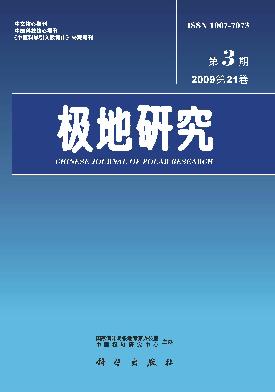On the basis of minerologic-petrologic characteristics, chemical compositions,oxygen isotopes and textures meteorites are classified into two major categories : chondrites and nonchondritic meteorites.Chondrite can be further divided into carbonaceous chondrite clan (CI,CM,CO,CR,CB,CH,CV and CK chondrites),ordinary chondrite clan(H,L,LL chondrites), enstatite chondrite clan(EH and ELchondrites),R and K chondrite group, and that nonchondritic meteorites are further classified into primitive achondrites and the igneously differentiated meteorites.Primitive achondrites are including Acpulcoites,Lodranites,Winonaites,IAB silicate inclusions and IIICD silicate inclusions. The igneously differentiated meteorites are classified into achondrites (Angrites,Aubrites ,Branchinites,Ureilites,HEDVista meteorites,SNCO martian meteorites and lunar meteorites),stony irons(mesosiderirtes and pallasites) and iron meteorites(IAB,IC,IIAB,IIC,IID,IIE,IIIAB,IIICD,IIIE,IIIF,IVA and IVB iron meteorite groups).Every meteorite clan or meteorite group have similar origins or formation histories that could be derived same asteroidal or planetary parent body,thereby we can establish possible genetic relationships between various meteorire clans or meteorite groups .These different meteorite clans or meteorite groups may provide informations of physical-chemical conditions and their evolution history of early solar nebula.

